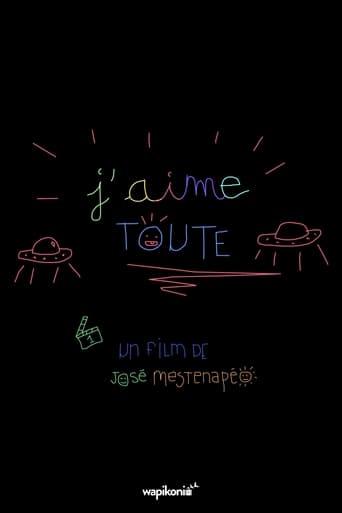
04 Jul 2017

J'aime toute
At the age of eight, José shows us his village, Nutashkuan, and everything he loves there.
A young Navajo filmmaker investigates displacement of Indigenous people and devastation of the environment caused by the same chemical companies that have exploited the land where she was born. On this personal and political journey she learns from Indigenous activists across three continents.

04 Jul 2017

At the age of eight, José shows us his village, Nutashkuan, and everything he loves there.
No overview found
28 Jun 2022
Siméon Malec, host on Pakueshikan FM radio, receives Marie-Soleil Bellefleur on the air to discuss new regulations concerning salmon nets. To their great dismay, the duo is constantly interrupted by increasingly worrying calls... It seems that a lion has been seen in the community!
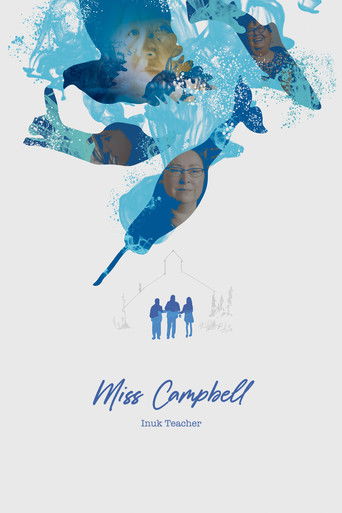
17 Oct 2023

Part oral history and part visual poem, Miss Campbell: Inuk Teacher is the story of Evelyn Campbell, a trailblazer for an Inuit-led educational system in the small community of Rigolet, Labrador.

23 Jan 2016

Double Barrel follows surf and travel journalist Angie Takanami’s journey to Peru to document Peruvian surf guide Harold Koechlin’s dream of protecting Peru’s world-class surf breaks. After a chance meeting, the two compared tales of living through natural and human-inflicted disasters, and their dreams for sustainable surf development and tourism. Focussed in the oil-dominated town of Lobitos, Harold is working together with the local and international community and is determined to preserve the locals’ right to a clean ocean and environment to give towns like Lobitos a more sustainable future.
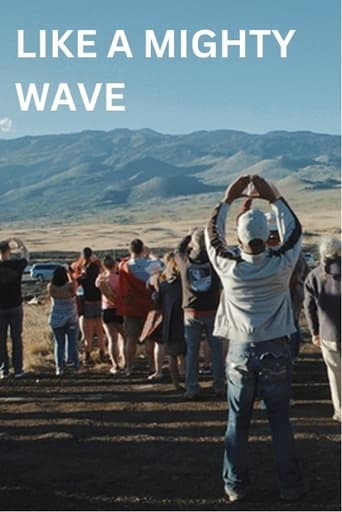
09 Dec 2019

On Wednesday, July 17th 2019, a heavily armed police force arrested 36 Native Hawaiian kūpuna peacefully protecting Maunakea from desecration. The actions from that day sparked an international outcry and brought new life to the ongoing movement for Native Hawaiians’ rights for self-determination.
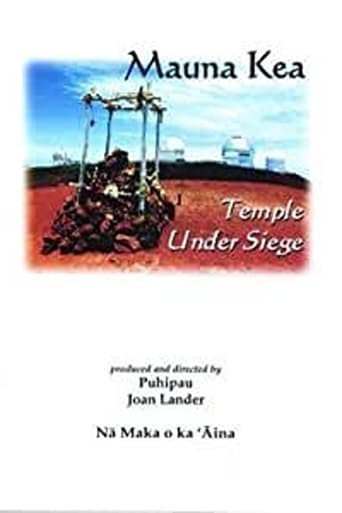
31 Dec 2005

Although the mountain volcano Mauna Kea last erupted around 4,000 years ago, it is still hot today, the center of a burning controversy over whether its summit should be used for astronomical observatories or preserved as a cultural landscape sacred to the Hawaiian people. For five years the documentary production team Nā Maka o ka 'Āina ("the eyes of the land") captured on video the seasonal moods of Mauna Kea's unique 14,000-foot summit, the richly varied ecosystems that extend from sea level to alpine zone, the legends and stories that reveal the mountain's geologic and cultural history, and the political turbulence surrounding the efforts to protect the most significant temple in the islands: the mountain itself.
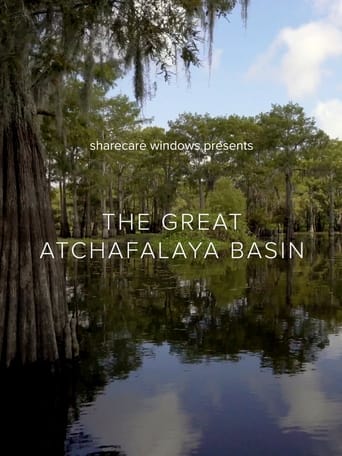
01 Dec 2020

Efforts to save the Atchafalaya Basin are highlighted with stunning visuals of the largest wetland and swamp in the United States. Located in south central Louisiana, it is a combination of wetlands and river delta area where the Atchafalaya River and the Gulf of Mexico converge.
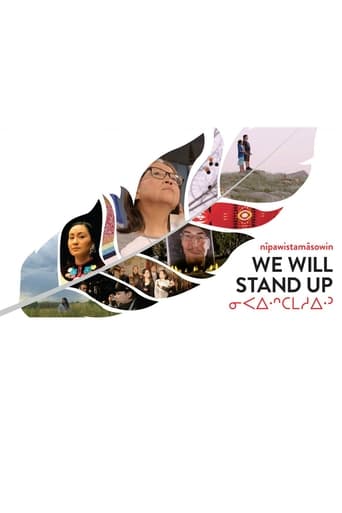
23 May 2019

On August 9, 2016, a young Cree man named Colten Boushie died from a gunshot to the back of his head after entering Gerald Stanley's rural property with his friends. The jury's subsequent acquittal of Stanley captured international attention, raising questions about racism embedded within Canada's legal system and propelling Colten's family to national and international stages in their pursuit of justice. Sensitively directed by Tasha Hubbard, "nîpawistamâsowin: We Will Stand Up" weaves a profound narrative encompassing the filmmaker's own adoption, the stark history of colonialism on the Prairies, and a vision of a future where Indigenous children can live safely on their homelands.
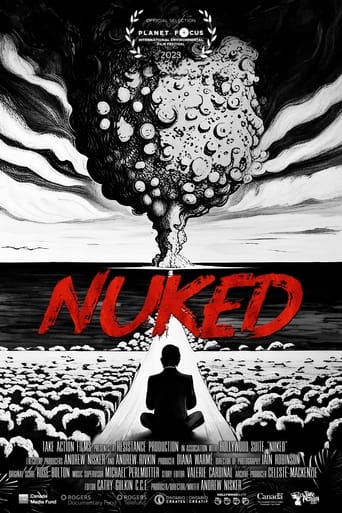
22 Oct 2023

The US detonated 67 nuclear weapons over the Bikini Atoll in the Marshall Islands during the Cold War, the consequences of which still reverberate down four generations to today. "NUKED," is a timely new feature documentary focussing on the human victims of the nuclear arms race, tracing the displaced Bikinian's ongoing struggle for justice and survival even as climate change poses a new existential threat. Using carefully restored archival footage to resurrect contemporaneous islanders’ voices and juxtaposing these with the full, awesome fury of the nuclear detonations, NUKED starkly contrasts the official record with the lived experience of the Bikinians themselves, serving as an important counterpoint to this summer’s Oppenheimer.
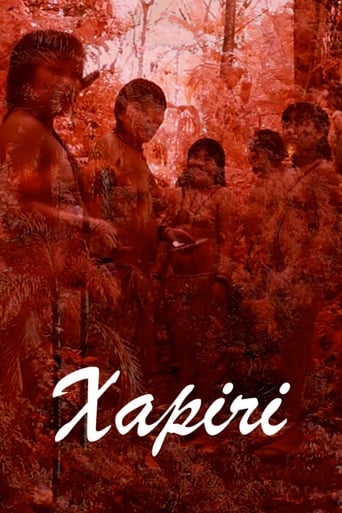
23 Sep 2016

Xapiri is a Yanomami term that characterizes the shamans, male spirits (xapiri thëpë) and also auxiliary spirits (xapiri pë). Xapiri is an experimental film about Yanomami shamanism that was filmed during a meeting of 37 shamans at the Watoriki Reserve, Roraima, in March of 2011. The film was designed to take into account two different notions of image: those of the Yanomami and ours. Therefore, it does not set out to explain shamanism, its methods or procedures, but to allow different cultures to visualize and feel the way in which the shamans “embody” the spirits, their bodies and voices.
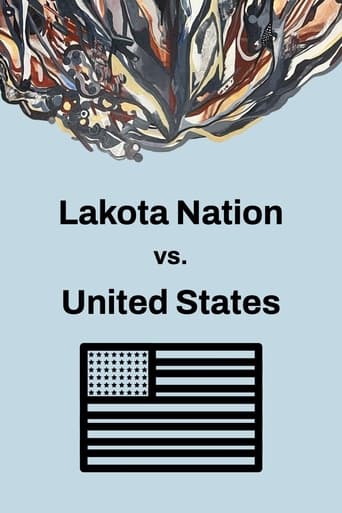
11 Jun 2022

Poet Layli Long Soldier crafts a searing portrait of her Oyate’s connection to the Black Hills, through first contact and broken treaties to the promise of the Land Back movement, in this lyrical testament to resilience of a nation.

01 Jan 1988

This feature-length documentary by Alanis Obomsawin examines the plight of Native people who come to Montreal searching for jobs and a better life. Often arriving without money, friends or jobs, a number of them quickly become part of the homeless population. Both dislocated from their traditional values and alienated from the rest of the population, they are torn between staying and returning home.
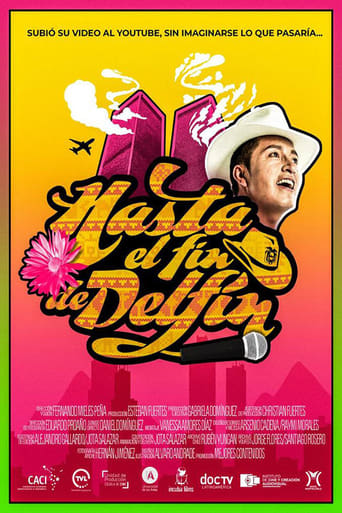
30 Oct 2018

A few years ago the indigenous musician Delfín Quishpe uploaded a video clip on YouTube of his song Torres Gemelas without imagining the impact it would have. For some, the video was strange and in bad taste, however his charisma and his lyrics made him a celebrity. After ten years, Delfín still has not overcome the hangover of fame and now he struggles not to turn off the magic of his music, in a world of ephemeral stars in the digital age.
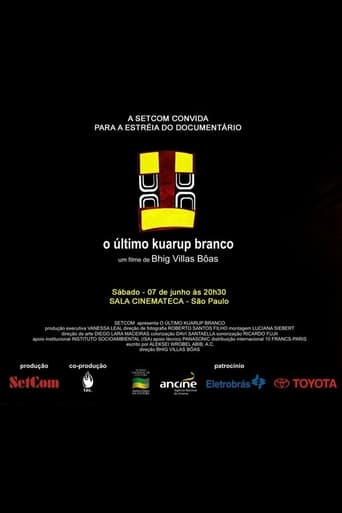
26 Apr 2007

The creation of the Xingu Indigenous Park is reassessed by indigenous peoples and anthropologists. Almost 50 years after the initiative, which had the decisive participation of the indigenist brothers Cláudio and Orlando Villas-Bôas, the older indigenous people still have not forgotten the original lands they left behind. Some want to go back to their old origins.
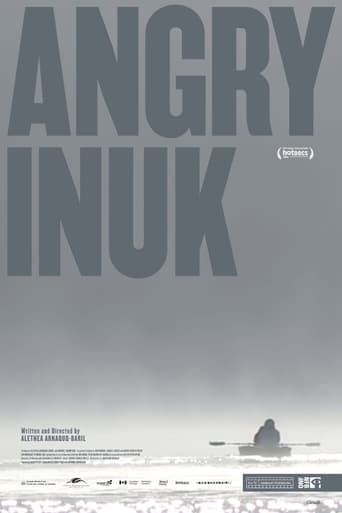
02 May 2016

With "sealfies" and social media, a new tech-savvy generation of Inuit is wading into the world of activism, using humour and reason to confront aggressive animal rights vitriol and defend their traditional hunting practices. Director Alethea Arnaquq-Baril joins her fellow Inuit activists as they challenge outdated perceptions of Inuit and present themselves to the world as a modern people in dire need of a sustainable economy.
01 Oct 2010
Armed with a camcorder, farmer-filmmaker-activist Severine von Tscharner Fleming spent two years crisscrossing America, meeting and mobilizing a network of revolutionary young farmers resettling the land. 'The Greenhorns' is an ode to their grit and entrepreneurial spirit, an exploration of sustainable agriculture, and an enticement to reclaim our national soil. The ninety minute feature is the culmination of well over 200 hours of original footage from all regions of the United States, as well as original animation by young urban farmer and artist Brooke Budner, and rare agricultural archival footage from the Prelinger Archives. Ultimately, The Greenhorns shows us how farmers can move out of the margins recent history has consigned them to, and back to the heart of the American food landscape.
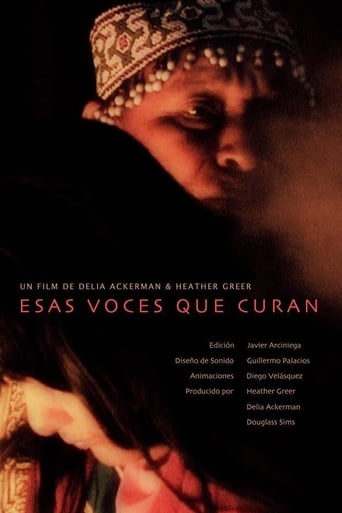

Herlinda Augustin is a Shipibo healer who lives with her family in Peruvian Amazonia. Will she and other healers be able to maintain their ancient tradition despite Western encroachment?
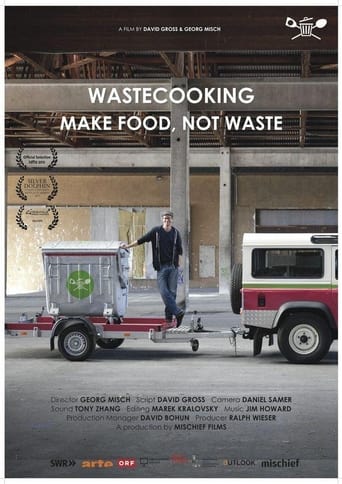
01 Jan 2015

Author and cook David Groß travels through five European countries and cooks exclusively what others throw in the garbage bin. With great thirst for knowledge, he tracks food waste and presents unexpected solutions. In an unusual and humorous self-attempt David Groß questions our daily consumer lifestyle.
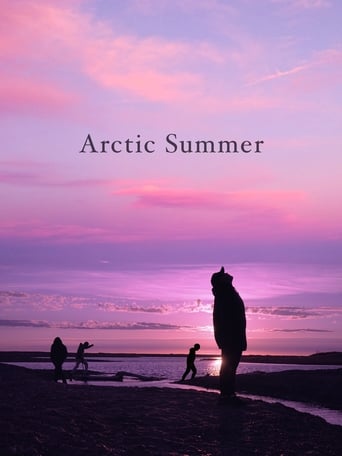
19 Feb 2021

ARCTIC SUMMER is a poetic meditation on Tuktoyaktuk, an Indigenous community in the Arctic. The film captures Tuk during one of the last summers before climate change forced Tuk's coastal population to relocate to more habitable land.